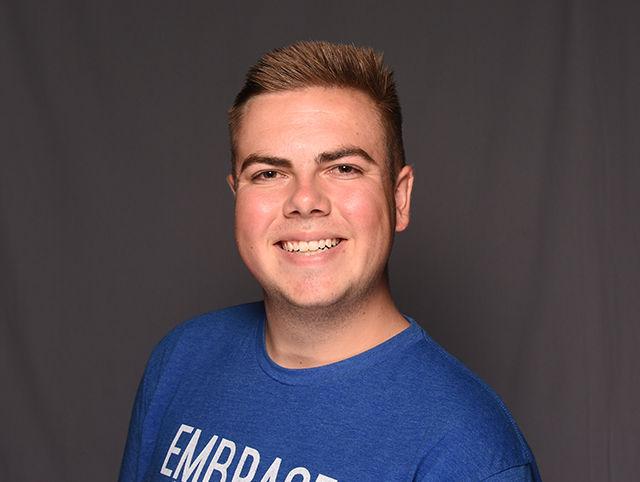
Luke Perrin
Luke Perrin
Last week, the highly anticipated follow-up to Marvel’s Daredevil and Jessica Jones premiered on Netflix. Luke Cage isn’t special because of the comic history, the connections to Marvel movies or its exclusivity on Netflix, but rather it is special because the titular character is a black superhero in an era when we desperately need one.
Built like a mountain, he is immovable and vast. Forgoing a cape, he wears a hoodie. While his costume might be pierced by bullets, his skin remains bulletproof and he is utterly indestructible. After too many hashtags with the names of individuals killed by police, the significance of a hooded black superhero starring on television in the midst of the Black Lives Matter movement is triumphant.
American pop culture has been whitewashed for its entire existence and comic book movies take no exception to this sentiment. Granted, most of the superheroes that we have come to love were first drawn onto to pages in an era where white men dominated the workforce. Their characters looked like the people who drew them, but that excuse becomes more invalid as we progress as a society.
The most widely-known superheroes in today’s society look like me. Batman, Superman, Spider-Man, Iron Man, Captain America and hundreds more are all white. A majority of them are males, with the exception of a few female counterparts with identical powers and suits that are almost exactly the same as the man’s suit. The problem is that this doesn’t represent almost a quarter of America’s population, according to the latest United States census.
This year’s Captain America: Civil War brought Black Panther to the screen, which was a great indicator of progress. Batman v. Superman: Dawn of Justice introduced Wonder Woman before her own standalone movie next year, which gives my youngest sister a superheroine to look up to in the ways that I idolized Batman and Superman as a kid. Hollywood is starting to move in the right direction and it should be commended, but it should equally be adamantly shamed for taking so long. We’re far and far away from where we need to be.
Many comic book fans cringe at the thought of changing the race of a historic character. When the Human Torch was played by Michael B. Jordan in the Fantastic Four reboot, the racist criticism burned the films reputation before it was even released. The announcement that Mary Jane Watson, Spider-Man’s girlfriend, is being played by Zendaya in the upcoming Spider-Man: Homecoming has sparked bigots almost instantaneously, with claims that the actress didn’t have the “red hair” needed to play the part.
They also believed that she didn’t have the skin to play the part, but disguising their bigotry with hair keeps them from seeming overly racist in the eyes of society.
Common responses such as “What if they made Luke Cage white?” are all too prevalent. Comic book fans are distraught at the idea of historically white characters suddenly not resembling them. The color of their skin isn’t what defines these heroes. Batman isn’t Batman because he’s white. Superman isn’t important because he’s white. Luke Cage, Black Panther and Wonder Woman are important because the former two are black and the latter is a woman. Their characters broke the stereotypes and their diverse natures help to define their characters and establish their importance.
Comic book films need to pick it up in the area of diversity. Casting diverse actors to play historically white, male superheroes doesn’t redefine that character. These characters are defined by their actions, morals and inspiration that they give to young people on the screen and on the pages of comic-books. The superheroes and heroines that future generations look up to should look like them. As a child, I had a Spider-Man mask and toy web-shooters that I would use around the house, acting like one of my (no pun intended) superheroes. It’s time that others get that same opportunity that I did as a child.
Step it up, comic-book writers. Step it up, Hollywood.